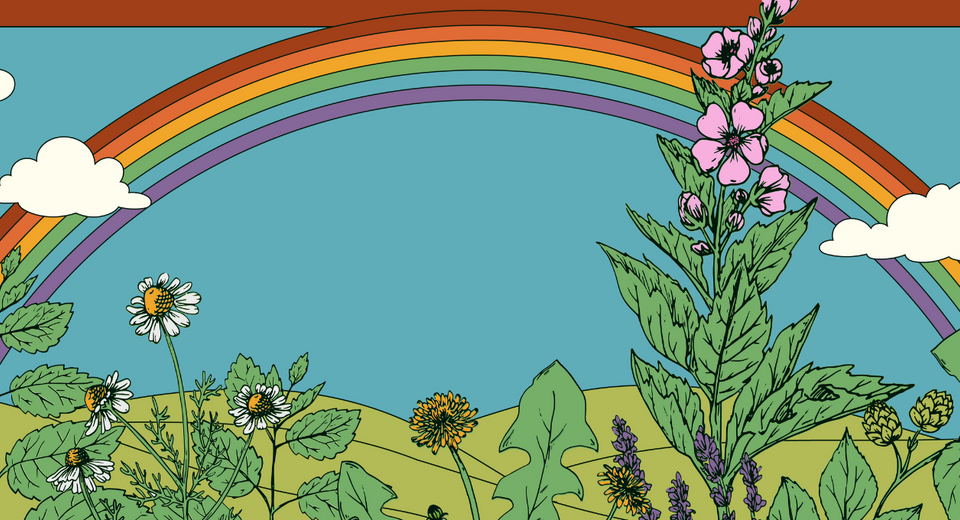“Solstice” takes its name from Latin words, sol (sun) and sistere (to make stand still), referencing the two times per year when the sun sits at its southernmost point in the winter sky and then its northernmost point in the summer sky. While the Winter Solstice marks the shortest daylight hours of the year, it also ushers in the beginning of longer days, and many ancient cultures created rituals around it to ensure that the sun would indeed return. For example, the Romans celebrated Saturnalia, or the birthday of the “Unconquered Sun God,” and the ancient Persian festival of Yalda honors the birthday of the sun god, Mithra. In fact, historians believe that early peoples in Peru’s Machu Picchu and England’s Stonehenge built their famous monuments to showcase this astronomical event. Needless to say, it’s not a coincidence that so many holidays today flood the month of December!

As with so many celebrations, plants play an integral role in Winter Solstice festivities. As evergreens, plants such as firs, pines, holly and mistletoe all earned their holiday status because they are among the rare to be lively at this dormant time of the year. As such, ancient people decorated their homes with holly to bring good luck. Although mistletoe is poisonous, it served as a sacred talisman for protection by the early Northern European pagans, as well as the ancient Greeks. Tree lighting traditions began during Antiquity in the Middle East and Asia as a way of honoring the spirits of the deceased; these traditions eventually made their way to Germany in the 17th century, where they became indelibly associated with Christmas. Poinsettias may be common enough today, but they were originally native to Mexico, where the Aztecs used them for dyes and herbal medicine. Franciscan missionaries later adopted them for use at Christmas. Early pagans burned yule logs made from oak to invite protection, good health and fertility, while the Hopi of the Southwest enhanced their solstice rituals with prayer sticks embellished with pine needles.

A simple dive into history shows that the traditions we associate with the holidays today have much deeper symbolic meaning than the mere seasonal decorations we take them for. And they aren’t specific to one religion or spiritual tradition. Rather, they apply to all of humankind as we witness our days getting darker. Tapping into the earth’s primal energies is therefore universal, making this special season inclusive of all people, all around the world. Regardless of which traditions you celebrate around the Winter Solstice, the team at Traditional Medicinals wishes you a happy, healthy holiday season!







